Home>Furniture & Design>Office Furniture>How To Recover An Office Chair
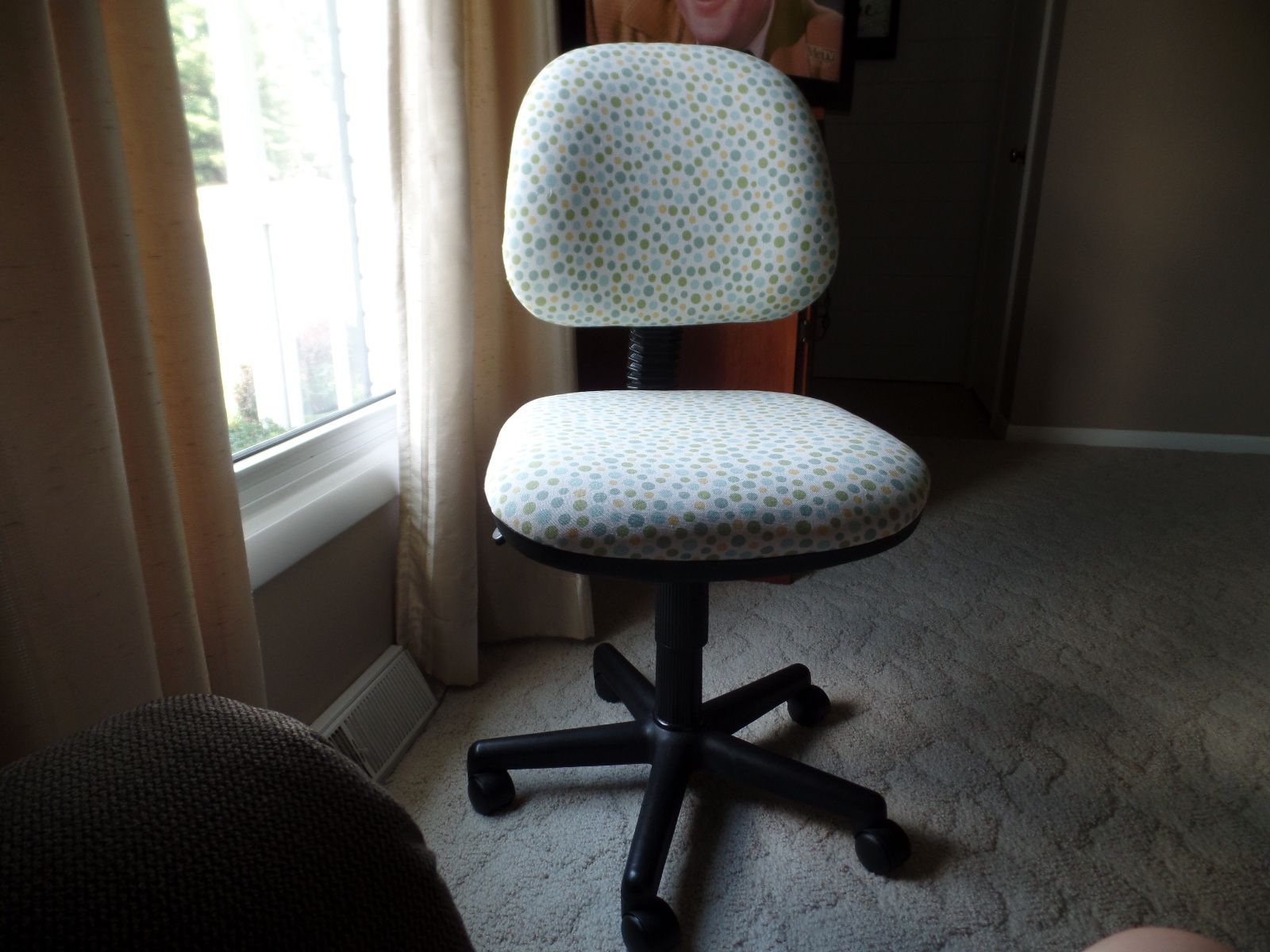

Office Furniture
How To Recover An Office Chair
Modified: January 14, 2024
Learn how to recover your office chair and give it a fresh new look with our step-by-step guide. Revitalize your office furniture with our easy DIY tips.
(Many of the links in this article redirect to a specific reviewed product. Your purchase of these products through affiliate links helps to generate commission for Storables.com, at no extra cost. Learn more)
Introduction
Office chairs are essential for maintaining a productive and comfortable work environment. However, over time, these chairs can succumb to wear and tear, leaving them in need of repair. Whether it's a wobbly seat, malfunctioning armrests, or squeaky wheels, knowing how to revive your office chair can extend its lifespan and save you money. In this comprehensive guide, we will explore the step-by-step process of rejuvenating your beloved office chair, allowing you to restore its functionality and comfort.
A well-maintained office chair not only promotes better posture and reduces the risk of discomfort but also enhances the overall aesthetics of your workspace. By learning how to address common issues and perform necessary repairs, you can prolong the life of your office chair and create a more ergonomic and inviting work environment.
So, roll up your sleeves and get ready to breathe new life into your trusty office chair. Whether it's a simple fix or a more complex repair, this guide will equip you with the knowledge and skills to tackle the task with confidence. Let's dive into the world of office chair restoration and discover how to recover an office chair effectively and affordably.
Key Takeaways:
- Regular maintenance and repairs can extend the life of your office chair, ensuring comfort and functionality. Assess damage, gather tools, and follow step-by-step guides for effective restoration.
- By addressing issues like wobbly seats, loose armrests, and squeaky wheels, you can create a more ergonomic and inviting work environment. Proper maintenance saves money and enhances productivity.
Read more: How To Recover Dining Chairs
Assessing the Damage
Before embarking on the journey of restoring your office chair, it’s crucial to assess the extent of the damage. Take a moment to thoroughly inspect the chair, paying close attention to the seat, armrests, height adjustment mechanism, and wheels. This careful examination will help you identify the specific areas that require attention, allowing you to plan and execute the necessary repairs with precision.
Start by sitting in the chair and noting any discomfort or instability. Does the seat feel uneven or wobbly? Are the armrests loose or misaligned? Does the height adjustment mechanism fail to function smoothly? Are the wheels squeaky or difficult to maneuver? By answering these questions, you can pinpoint the issues that need to be addressed, guiding you toward the appropriate solutions.
Next, visually inspect the chair for visible signs of wear and tear. Look for frayed upholstery, cracked armrests, or chipped components. Additionally, listen for any unusual sounds when moving or adjusting the chair, as these may indicate underlying issues that require attention.
Once you’ve thoroughly assessed the damage, take note of the specific repairs needed for each component. This will help you create a comprehensive plan of action, ensuring that no aspect of the chair’s functionality is overlooked during the restoration process. By understanding the extent of the damage, you can approach the task of recovering your office chair with clarity and purpose, setting the stage for a successful and satisfying repair journey.
Gathering Necessary Tools
Equipping yourself with the right tools is essential for effectively recovering your office chair. Before diving into the repair process, take inventory of the necessary items to ensure a seamless and efficient restoration experience. Here’s a comprehensive list of tools and materials you may need:
- Screwdriver Set: A versatile screwdriver set with various head types will enable you to disassemble and reassemble the chair with ease.
- Replacement Parts: Depending on the damage, you may need to acquire replacement parts such as wheels, armrests, or seat cushions. Identify the specific components requiring replacement and source them accordingly.
- Allen Wrench: Many office chairs utilize bolts secured with hexagonal sockets, necessitating the use of an Allen wrench for adjustments and repairs.
- Needle-Nose Pliers: Useful for gripping and manipulating small components during the repair process.
- Lubricant: A high-quality lubricant can help alleviate squeaks and stiffness in the chair’s moving parts, such as the height adjustment mechanism and wheels.
- Upholstery Cleaner: If the chair’s upholstery is stained or soiled, an upholstery cleaner can refresh its appearance and extend its lifespan.
- Tape Measure: For ensuring precise measurements when replacing components or adjusting the chair’s dimensions.
- Cloth and Cleaning Supplies: Keep a supply of cleaning cloths, mild detergents, and disinfectants on hand to clean the chair’s surfaces before and after repairs.
By gathering these essential tools and materials, you’ll be well-prepared to tackle a wide range of office chair repairs. Having the right equipment at your disposal will streamline the restoration process, allowing you to address the chair’s issues effectively and restore it to its former glory.
Repairing the Seat
The seat of an office chair is subjected to constant use, making it susceptible to wear and tear over time. Whether the upholstery is torn, the cushioning has lost its firmness, or the seat pan is misaligned, addressing these issues is crucial for restoring comfort and functionality. Here’s a step-by-step guide to repairing the seat of your office chair:
- Assess the Upholstery: Inspect the seat’s upholstery for tears, stains, or signs of excessive wear. If the damage is minimal, consider using an upholstery cleaner to refresh the fabric. For more significant damage, such as tears or extensive staining, you may need to explore options for reupholstering the seat.
- Replace the Seat Cushion: If the cushioning has become flattened or uncomfortable, consider replacing the seat cushion with a new, high-quality foam insert. Measure the dimensions of the existing cushion to ensure a proper fit for the replacement.
- Realign the Seat Pan: If the seat pan feels uneven or wobbly, inspect the attachment points to the chair’s base. Tighten any loose screws or bolts and ensure that the seat pan is securely fastened to the chair’s frame.
- Reinforce Weak Areas: Over time, the seat’s structure may weaken, leading to sagging or instability. Reinforce weak areas by adding additional support, such as plywood or metal braces, beneath the seat to restore its stability and firmness.
- Inspect the Gas Lift: If the seat fails to maintain its height or struggles to stay in position, the gas lift mechanism may be faulty. Consider replacing the gas lift with a new one to restore the chair’s height adjustment functionality.
By following these steps, you can address a range of issues affecting the seat of your office chair, ultimately enhancing its comfort and longevity. Whether it’s refreshing the upholstery, replacing the cushion, or reinforcing the seat’s structure, a well-maintained seat is essential for a comfortable and supportive seating experience.
To recover an office chair, start by removing the old fabric and padding. Then, cut new fabric to size and staple it onto the chair frame, making sure to pull it tight for a smooth finish. Finally, reattach the seat to the chair base.
Fixing the Armrests
Armrests play a crucial role in providing support and comfort during long hours of desk work. If your office chair’s armrests are loose, misaligned, or damaged, addressing these issues is essential for maintaining ergonomic functionality. Here’s a comprehensive guide to fixing the armrests of your office chair:
- Tighten Loose Fasteners: Inspect the armrests for any loose screws or bolts. Using a screwdriver or Allen wrench, tighten the fasteners to secure the armrests to the chair’s frame. This simple step can significantly improve the stability of the armrests.
- Adjust Armrest Alignment: If the armrests are misaligned or uneven, loosen the fasteners and adjust the armrests to the desired position. Once aligned, securely tighten the fasteners to maintain the new position.
- Replace Damaged Armrests: If the armrests are cracked, broken, or beyond repair, consider replacing them with new ones. Measure the dimensions of the existing armrests to ensure a proper fit for the replacements.
- Upgrade Armrest Padding: If the armrest padding has deteriorated or become uncomfortable, consider upgrading to new, supportive padding. This can enhance the overall comfort and ergonomic support provided by the armrests.
- Customize Armrest Height and Width: Some office chairs feature adjustable armrests that can be customized to suit individual preferences. If your chair offers this functionality, take advantage of it to optimize the armrests for your specific needs.
By addressing these armrest-related issues, you can significantly improve the comfort and functionality of your office chair. Whether it’s tightening fasteners, adjusting alignment, or upgrading padding, properly maintained armrests contribute to a more ergonomic and supportive seating experience, ultimately enhancing your overall work environment.
Read more: How To Recover Outdoor Chairs
Adjusting the Height Mechanism
The height adjustment mechanism is a fundamental feature of any office chair, allowing users to customize the chair’s height for optimal comfort and posture. If the height adjustment mechanism is malfunctioning or fails to maintain the desired position, it can significantly impact the chair’s usability. Here’s a detailed guide to adjusting the height mechanism of your office chair:
- Identify the Adjustment Controls: Familiarize yourself with the chair’s height adjustment controls, which are typically located beneath the seat. Depending on the chair’s design, the controls may consist of a lever, pneumatic cylinder, or other mechanisms.
- Test the Existing Functionality: Sit in the chair and test the height adjustment functionality. If the chair fails to maintain the desired height or exhibits instability, it may require adjustment or repair.
- Inspect the Pneumatic Cylinder: If the chair features a pneumatic cylinder for height adjustment, visually inspect it for signs of damage or leakage. A faulty cylinder can lead to inconsistent height adjustment and should be replaced if necessary.
- Adjusting Tension and Lubrication: Some height adjustment mechanisms feature tension controls that can be adjusted to customize the chair’s resistance when raising or lowering it. Additionally, applying lubricant to the mechanism’s moving parts can alleviate stiffness and ensure smooth operation.
- Consult the Manufacturer’s Guidelines: If the chair’s height adjustment mechanism requires more advanced adjustments or repairs, refer to the manufacturer’s guidelines or user manual for specific instructions tailored to your chair’s model.
By following these steps, you can troubleshoot and adjust the height mechanism of your office chair, ensuring that it functions smoothly and reliably. A properly adjusted height mechanism is essential for maintaining proper posture and comfort during extended periods of sitting, contributing to a more ergonomic and supportive work environment.
Lubricating the Wheels
The wheels of an office chair are essential for effortless mobility and maneuverability across various floor surfaces. Over time, the wheels may become stiff, squeaky, or difficult to roll, hindering the chair’s overall functionality. By lubricating the wheels, you can restore smooth movement and prolong the lifespan of these crucial components. Here’s a comprehensive guide to lubricating the wheels of your office chair:
- Inspect the Wheel Assembly: Examine each wheel to identify any visible debris, hair, or dust that may be obstructing smooth rotation. Remove any accumulated debris to facilitate the lubrication process.
- Select a High-Quality Lubricant: Choose a silicone-based or dry lubricant specifically designed for use on chair wheels. Avoid using oil-based lubricants, as they can attract dirt and grime, potentially exacerbating the issue.
- Apply Lubricant to Wheel Bearings: Turn the chair on its side or back to access the wheel axles and bearings. Apply a small amount of lubricant to the axles and bearings, ensuring even coverage to promote smooth rotation.
- Exercise the Wheels: After applying the lubricant, roll the chair back and forth to distribute the lubricant evenly within the wheel bearings. This action helps to disperse any remaining debris and ensures that the lubricant penetrates the moving parts effectively.
- Wipe Excess Lubricant: Use a clean cloth to wipe away any excess lubricant that may have accumulated on the wheel surfaces. This step prevents the lubricant from transferring to the floor and maintains a clean appearance.
By following these steps, you can rejuvenate the wheels of your office chair, restoring smooth and silent movement across your workspace. Properly lubricated wheels not only enhance the chair’s maneuverability but also reduce the risk of floor damage, contributing to a more efficient and user-friendly work environment.
Conclusion
Reviving an office chair through effective repair and maintenance not only extends its longevity but also contributes to a more comfortable and ergonomic workspace. By following the step-by-step process outlined in this guide, you can confidently address common issues and restore your office chair to its optimal condition. From assessing the damage to lubricating the wheels, each step plays a crucial role in ensuring that your chair provides the support and functionality you need for productive workdays.
Remember, a well-maintained office chair promotes better posture, reduces the risk of discomfort, and enhances the overall aesthetics of your workspace. By investing time and effort into recovering your office chair, you’re not only saving money on potential replacements but also creating a more inviting and supportive environment for your daily tasks.
As you embark on the journey of office chair recovery, don’t hesitate to seek out high-quality tools, replacement parts, and maintenance products to facilitate the repair process. Additionally, consulting the manufacturer’s guidelines for specific chair models can provide valuable insights and tailored instructions for addressing unique repair needs.
Ultimately, the satisfaction of breathing new life into your trusty office chair and optimizing its functionality is a rewarding experience. By mastering the art of chair recovery, you become adept at maintaining a comfortable and efficient workspace, setting the stage for enhanced productivity and well-being.
So, roll up your sleeves, gather your tools, and embark on the fulfilling journey of restoring your office chair. With the knowledge and skills acquired from this guide, you’re well-equipped to tackle the task with confidence and precision, ensuring that your office chair continues to serve as a reliable and supportive companion throughout your work endeavors.
Frequently Asked Questions about How To Recover An Office Chair
Was this page helpful?
At Storables.com, we guarantee accurate and reliable information. Our content, validated by Expert Board Contributors, is crafted following stringent Editorial Policies. We're committed to providing you with well-researched, expert-backed insights for all your informational needs.
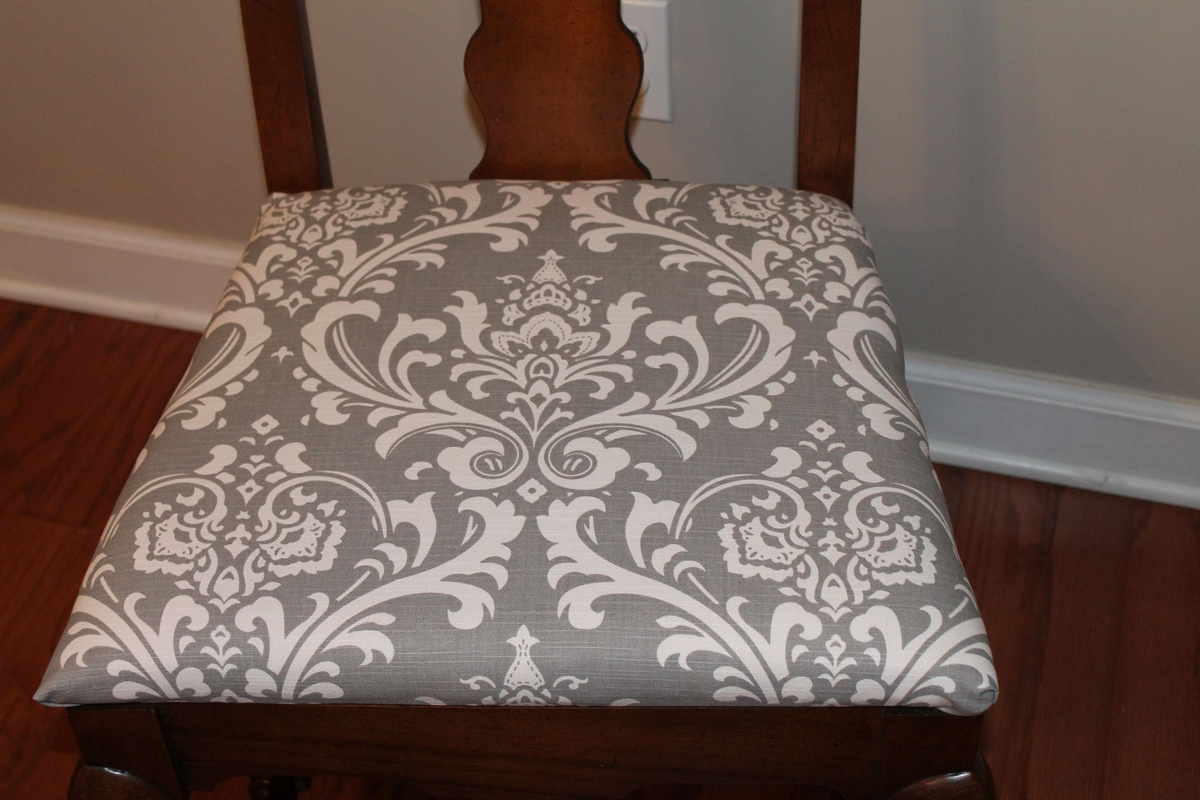
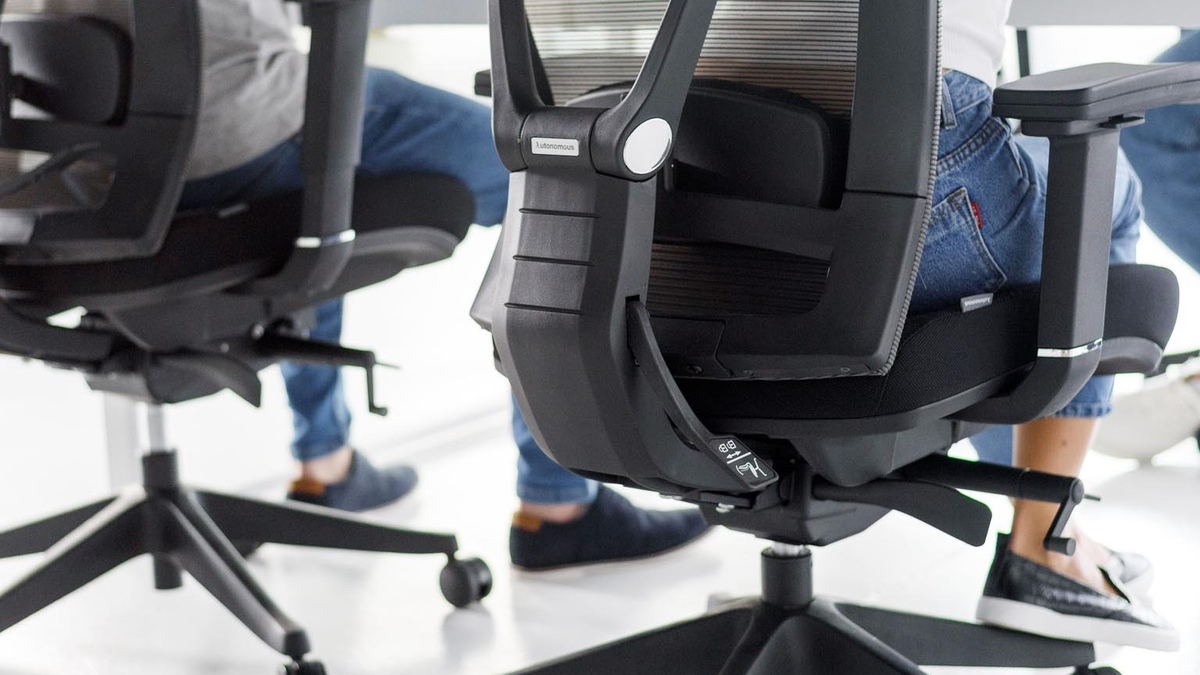
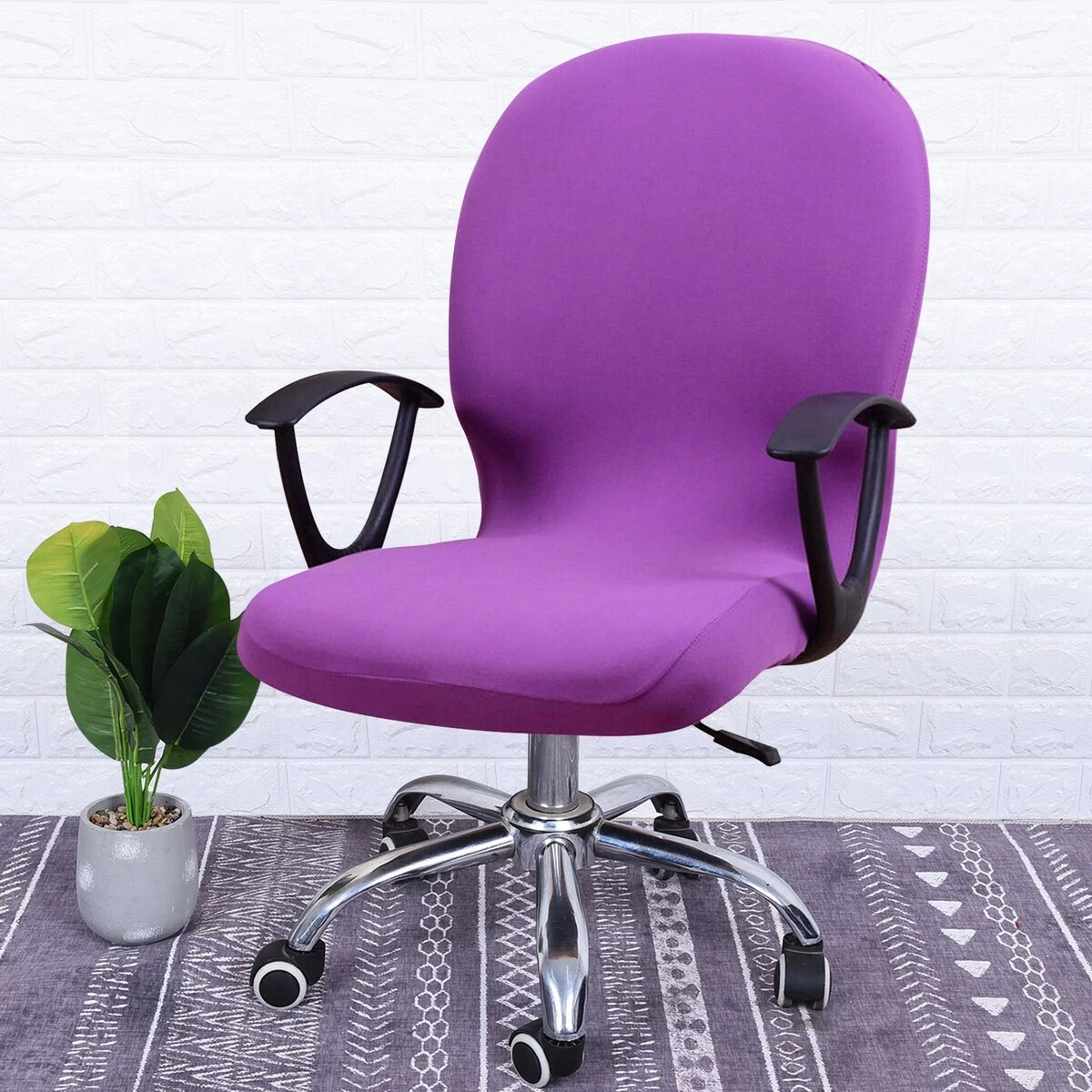

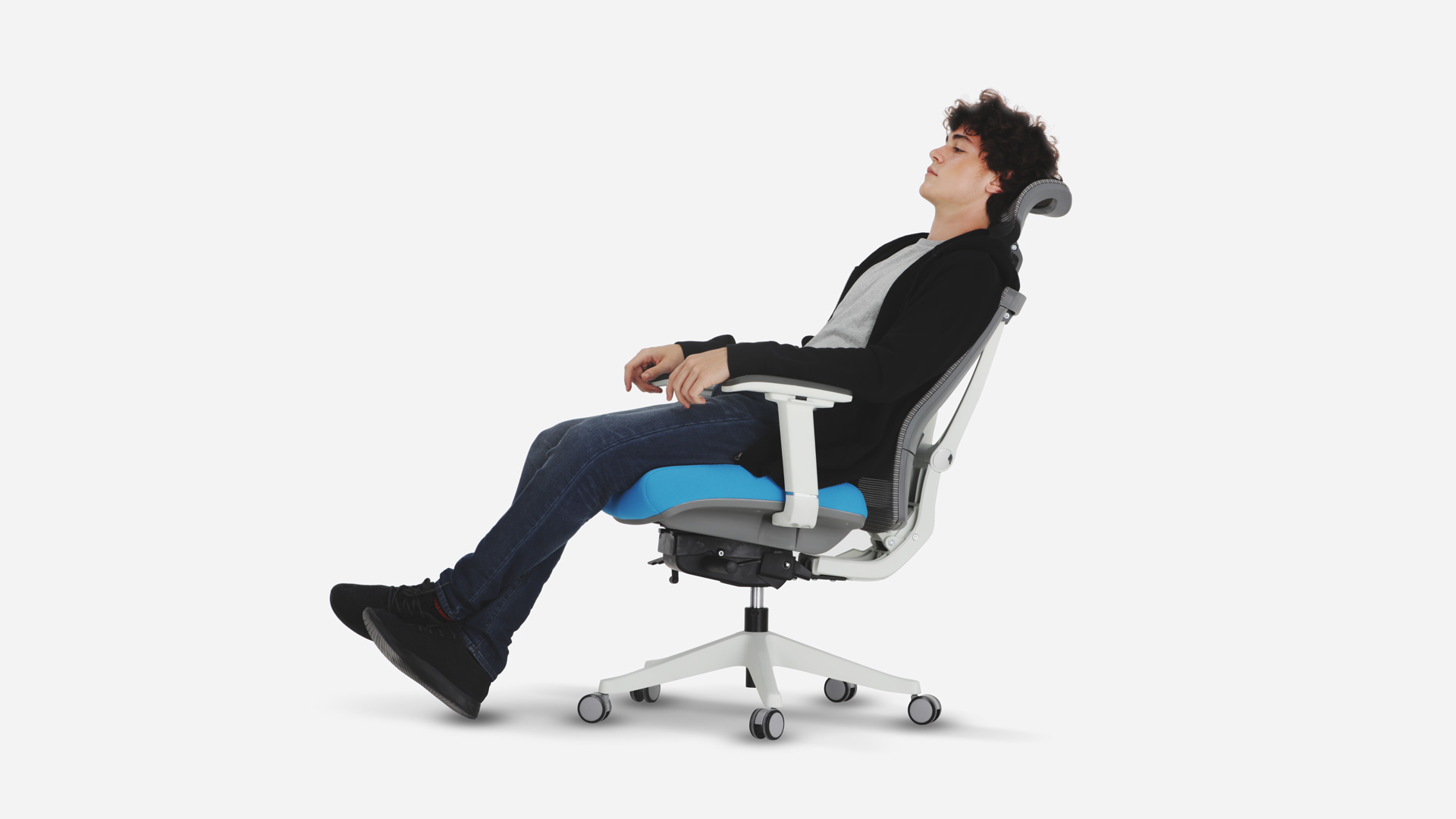
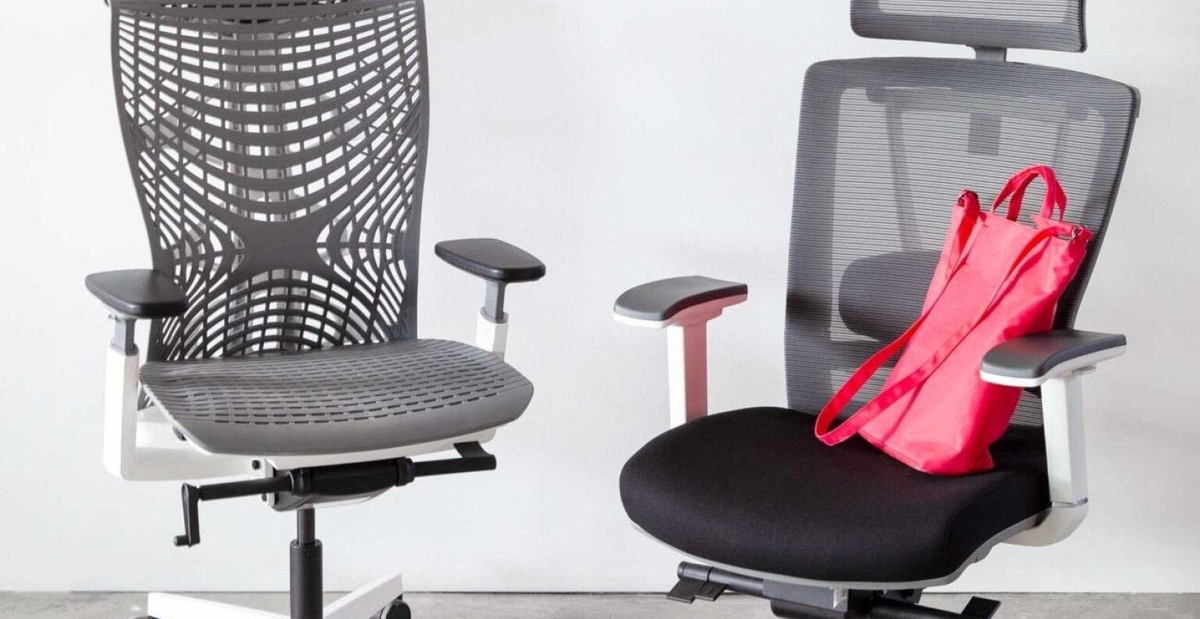
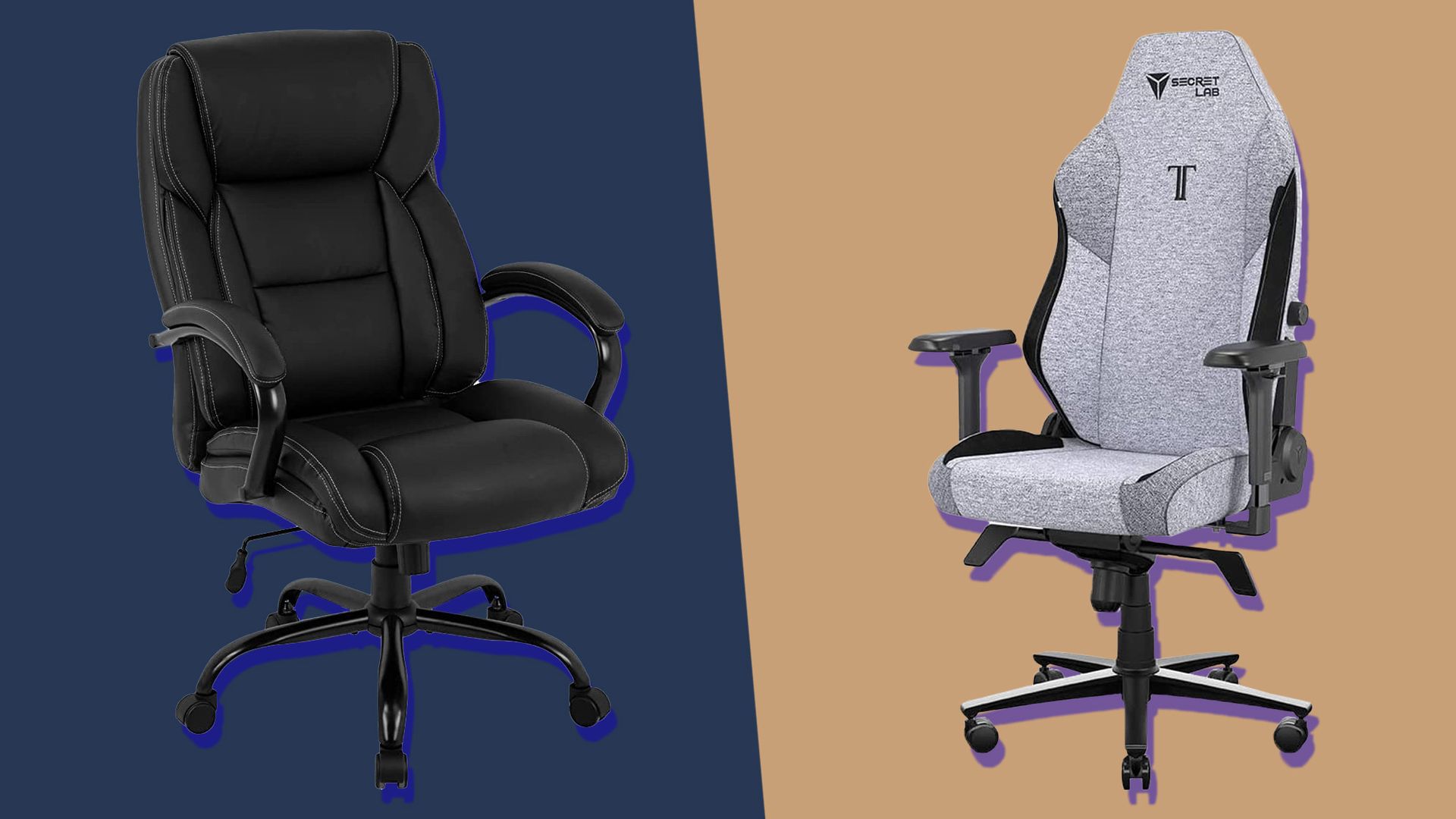
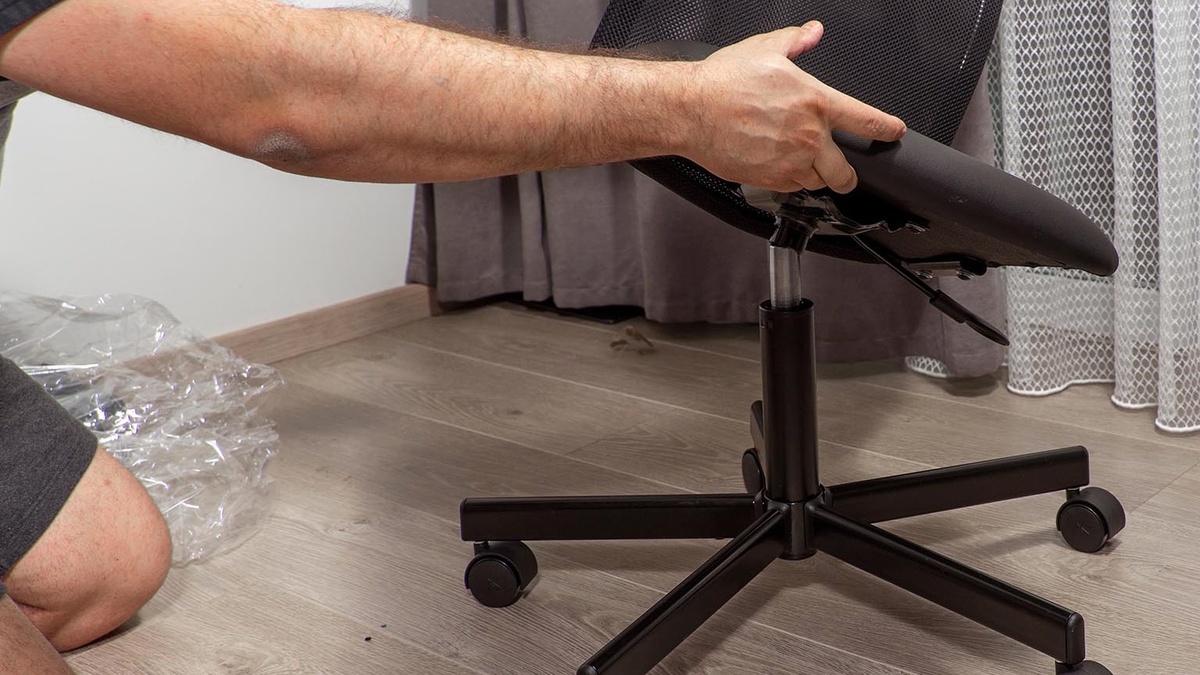
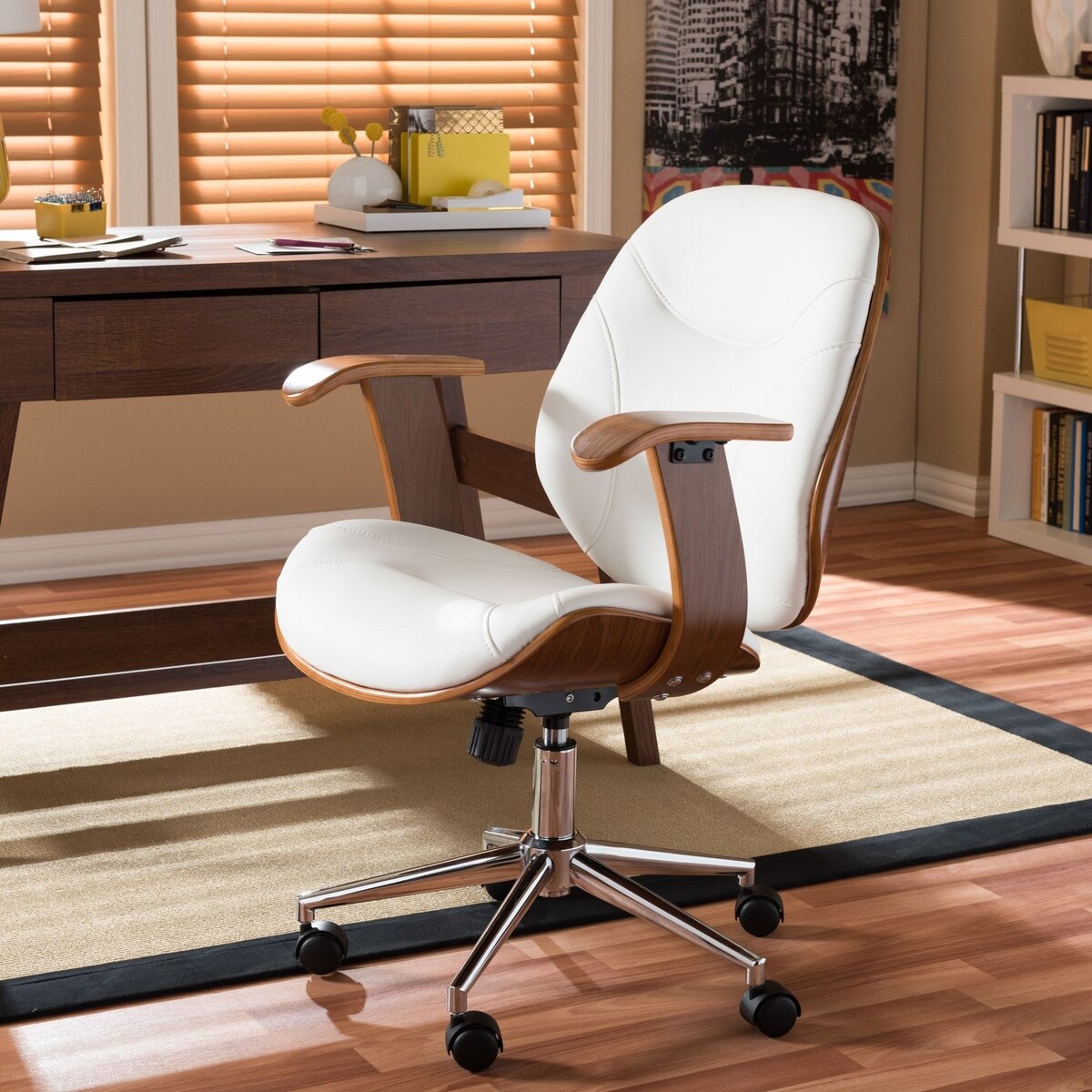
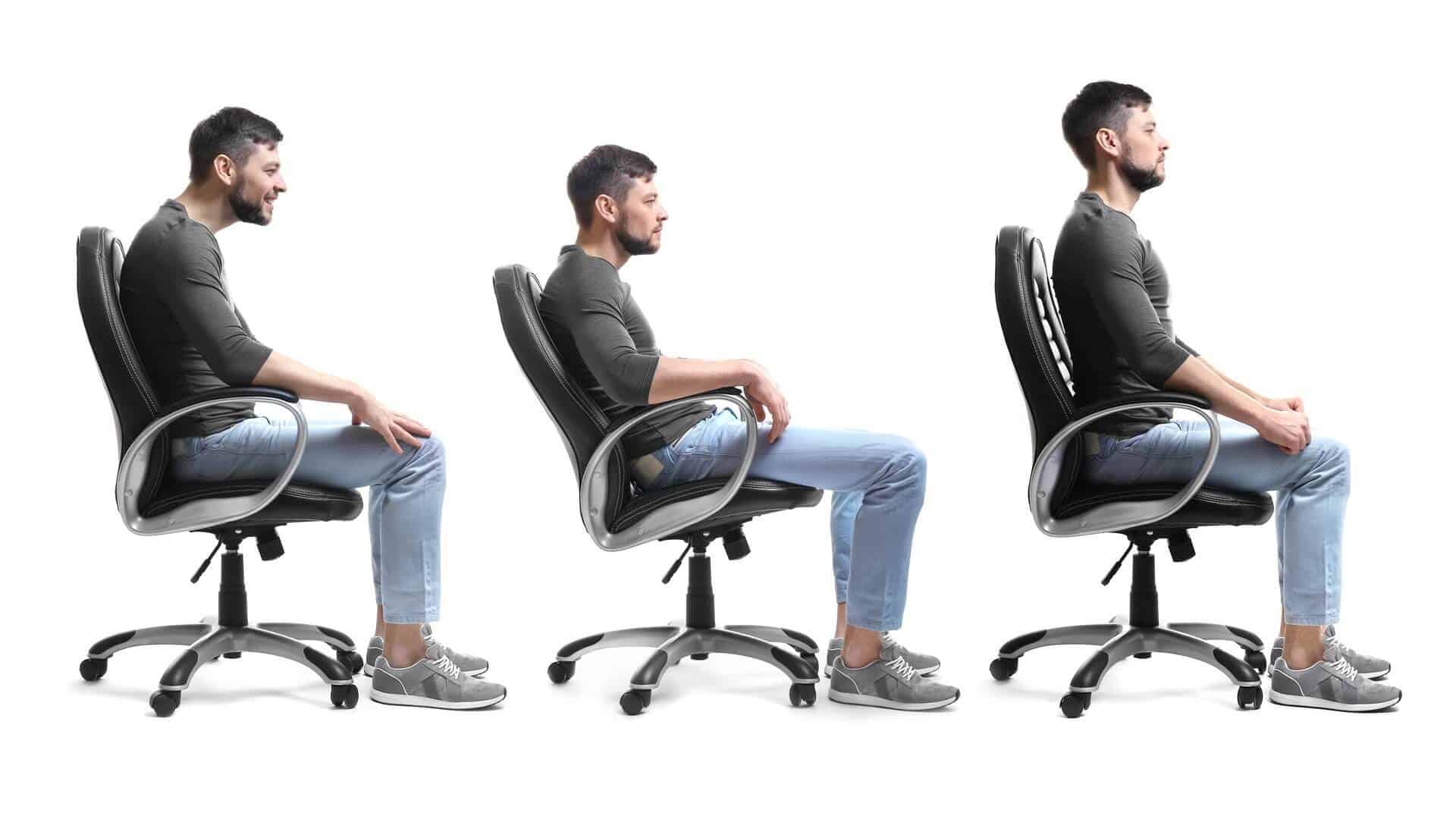

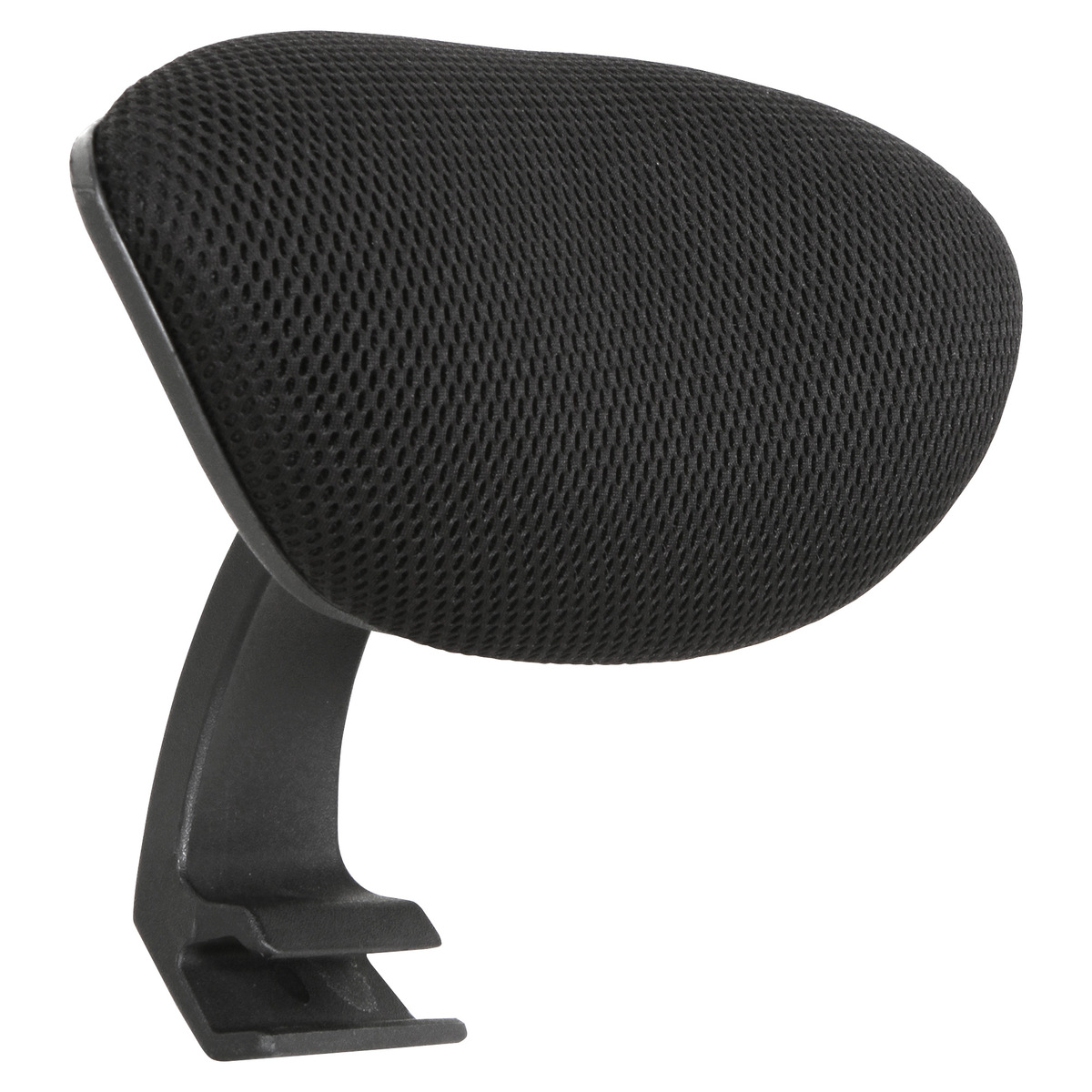
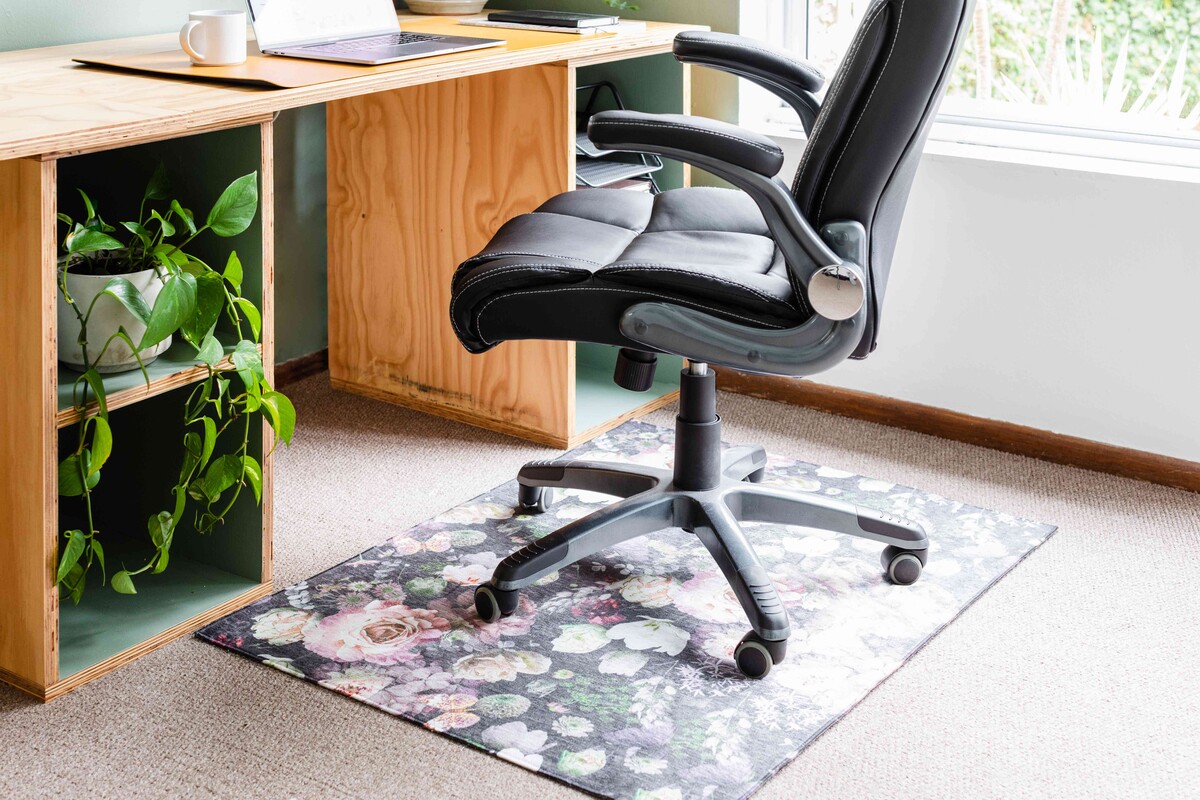
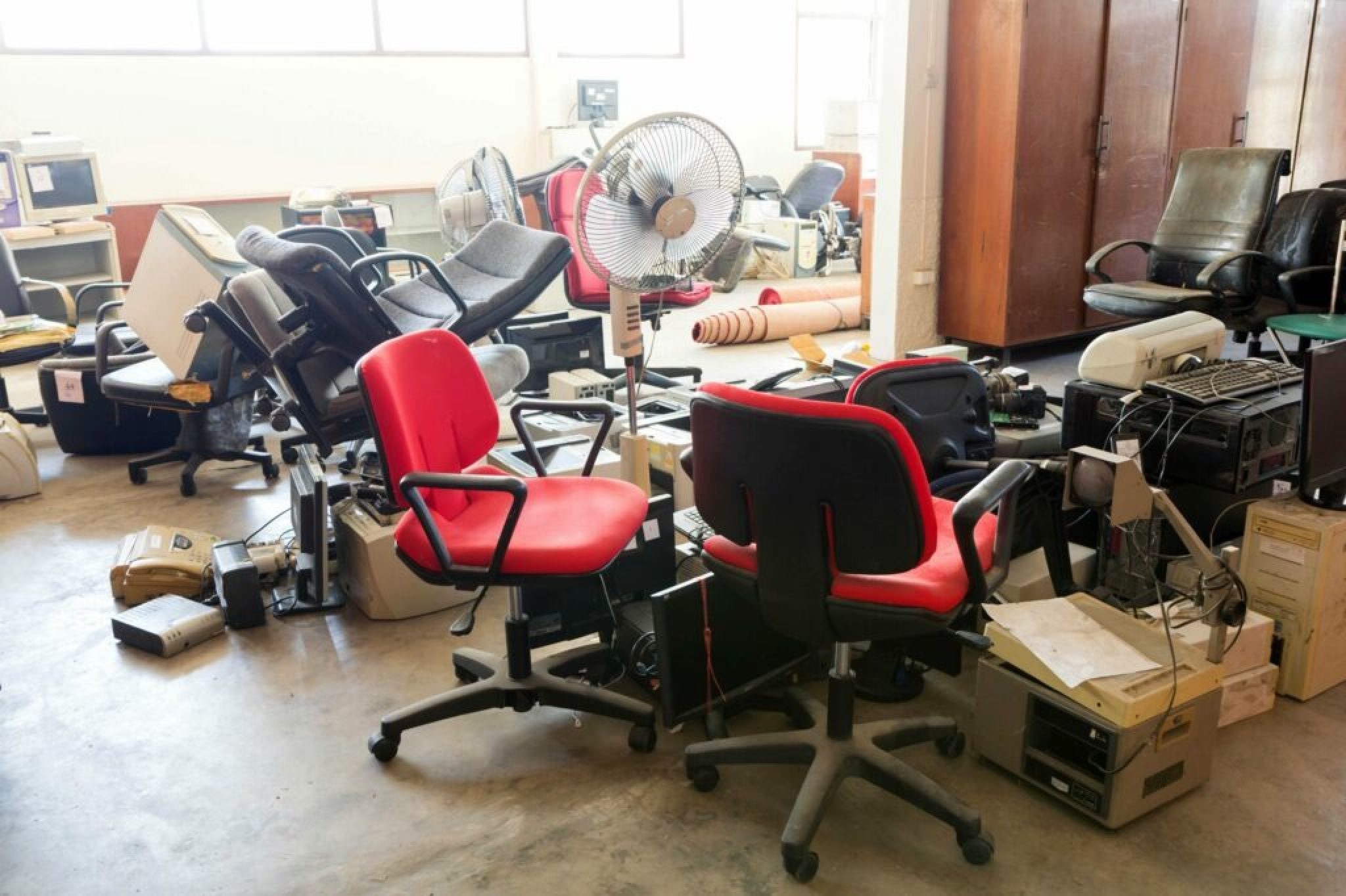

0 thoughts on “How To Recover An Office Chair”